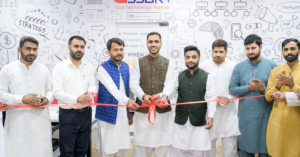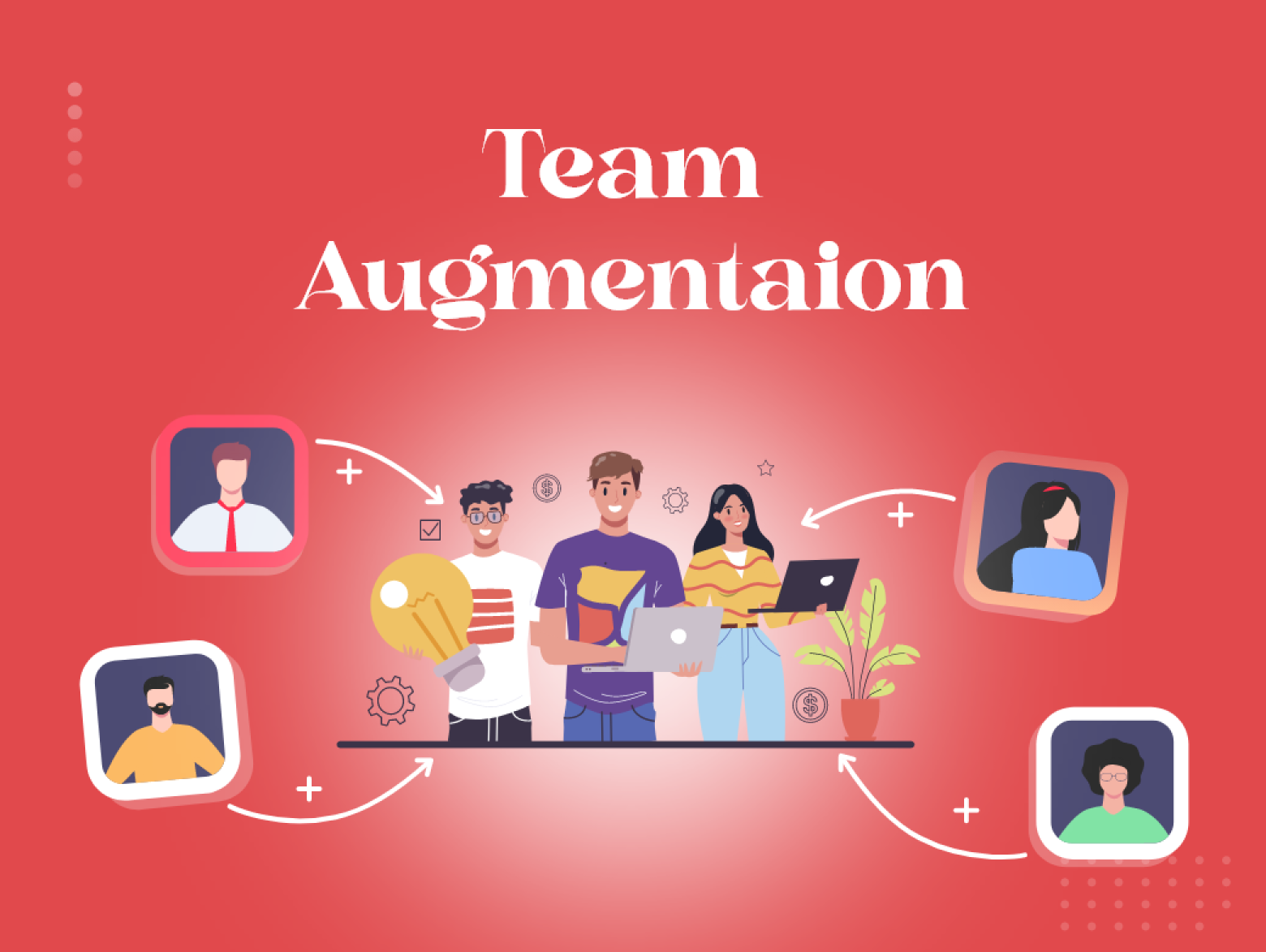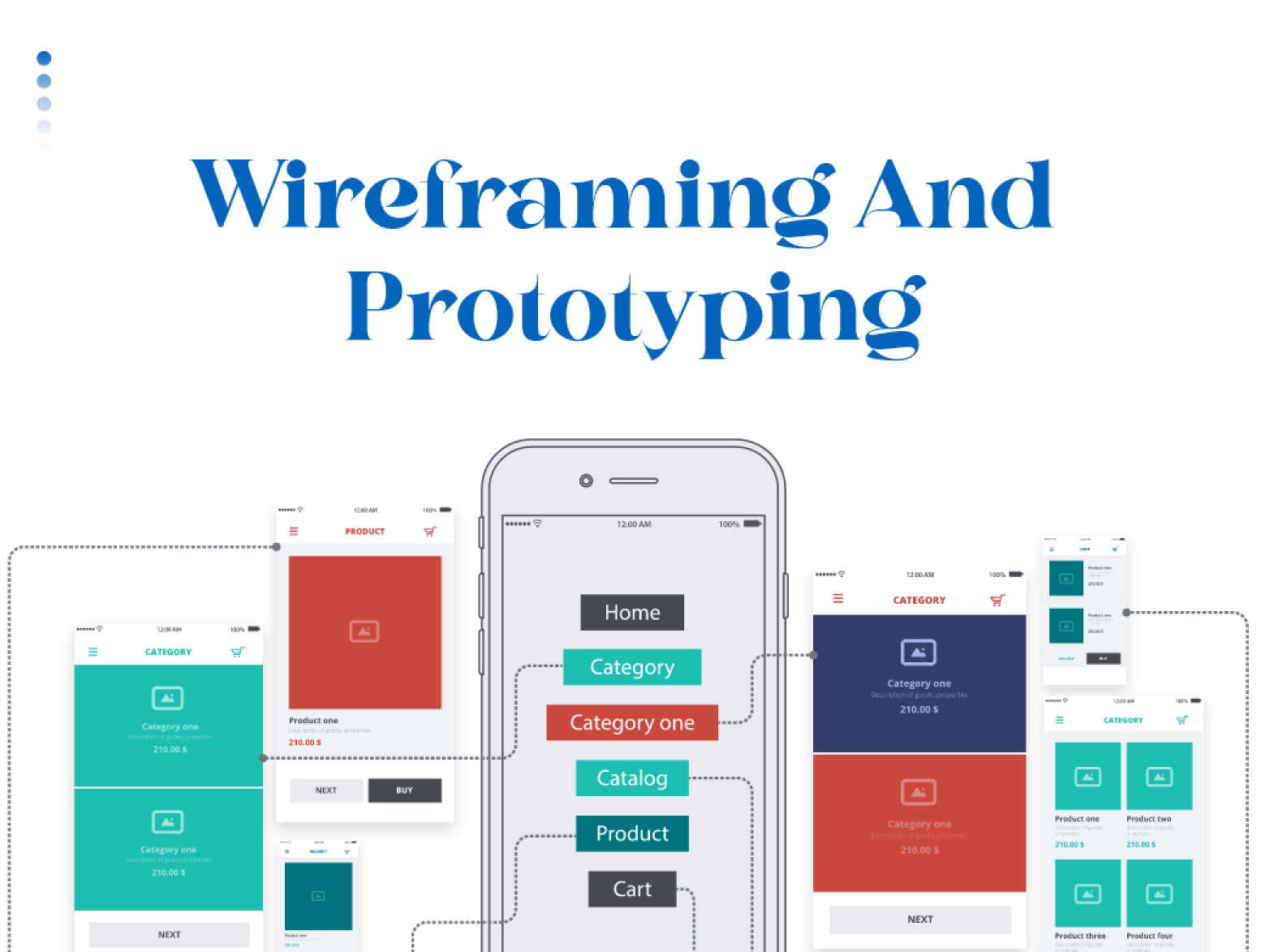An MVP means a minimum viable product is designed with sufficient features to entice early-adopter customers and validate a product idea at the initial stages of development. An MVP in software and related industries allows the product team to gather user feedback for iterative improvements quickly. It is a product version that includes the minimum necessary features for an early launch to customers. Developing an MVP allows for valuable feedback collection and gaining a deeper understanding of market demand.
Under the principles of the lean startup methodology, validating a fully developed product can be costly and time-consuming for the development team. An MVP, however, provides sufficient features to meet the needs of early adopters and collect feedback that shapes the development process. It acts as an experiment to assess a specific aspect of the solution to users’ problems. Minimizing costs and mitigating risks, aids in evaluating the business viability of the proposed solution.
Purpose of MVP Development
The development and release of a minimum viable product (MVP) enable a team to gather valuable customer insights with minimal effort.
Companies opt for MVP development to:
- Swiftly introduce a product to the market.
- Validate an idea with actual users before investing significant resources in full development.
- Understand what resonates with the target market and what does not.
Moreover, an MVP not only allows for idea validation without building the complete product but also helps reduce the allocation of time and resources to a product that may not succeed.
Requirements of MVP Development
When constructing the MVP for your upcoming application, there are key elements you must have to streamline the process. The essential requirements that nearly all software MVPs need to include are as follows:
Development tools
Before commencing the development process, it is crucial to have all the necessary tools in place. Some tools may require a purchase, so it is important to plan for these costs in advance.
Deployment platform
For users to access the application, it must be deployed on a specific platform. Consider platforms like AWS and Microsoft Azure, which are renowned for their reliable deployment capabilities.
Manpower
During the planning phase, it is necessary to evaluate the daily tasks that must be accomplished to bring the MVP to life. Each task should be assigned to someone with the requisite skills to execute it effectively.
Characteristics of MVP Development
The two basic characteristics of MPA development are as follows:
Minimum Features that the Customer Requires
An MVP consists of essential features that fulfill users’ needs. It is a streamlined and straightforward product, with additional enhancements introduced in later iterations. For instance, the initial version of Tinder lacked many of its current functionalities, including the iconic swipe-right feature. Instead, users expressed approval or disapproval by clicking on a “heart” or “x” symbol. Similarly, Snapchat started as a simple app allowing users to capture and send pictures that would disappear afterward.
Viable MVP
An MVP is designed to be functional. It serves a specific purpose and users are willing to utilize it for that purpose. In the mentioned examples, Snapchat enabled instant photo sharing without permanent storage, while Tinder revolutionized the signup process by offering a user-friendly alternative to the lengthy and tedious questionnaires required by other dating apps.
The Usefulness of MVP Development
In the realm of software development, an MVP denotes an initial software version that encompasses fundamental functionalities and crucial features. The MVP serves multiple purposes in the software development process, including the following
- Validating the product idea at an early stage of development.
- Enabling quick product launches with a smaller budget.
- Observing market reactions to the product idea.
- Reducing development team time and accelerating time-to-market for new features.
- Minimizing errors in the agile development process.
- Aligning the offerings of a business with the actual needs of customers.
- Collecting valuable customer behavior data for informed decision-making.
- Building a customer base before the official launch.
MVP Software Development Process
To achieve authentic and favorable results in MVP software development, it is important to follow a structured process consisting of several key ste
Identify the problem to solve
Whether you’re a startup or an enterprise, your product should address a pressing user problem. Before diving into MVP software development, establish a compelling value proposition consisting of three key elements
- Identify a specific audience with a specific need.
- etermine how your product will address that need.
- Outline the benefits the audience will gain.
This step is crucial since the lack of market demand is a significant reason why startups fail.
Study the competition
Conduct thorough market research to understand the offerings of direct and indirect competitors in the niche. With numerous products being launched regularly, it’s essential to assess if your idea is unique. Additionally, estimate the market size to ensure there is a sufficient customer base willing to invest in your product. Consider reaching out to founders of similar startups that didn’t succeed to gain insights into the reasons for their failure.
Prioritize core features
While you may have a general idea of the features your product should include, it’s important to prioritize them based on user stories or scenarios. You should identify the features that will deliver the core value proposition during MVP software development.
Prototype the solution
Developing an interactive prototype helps map out the user flow, estimate costs, and gather early feedback. Prototypes can be created using UX tools like Figma, Marvelapp, Miro, AdobeXD, or Axure. Present the prototype to early adopters for testing and gauging their interest in the product.
Develop the MVP
Now it’s time to create the MVP with the prioritized must-have functionalities. There are three approaches to consider:
No-code MVP approach
Test demand using free online tools like a landing page with a product description and a call-to-action button to collect user interest or manually simulate processes.
Build the MVP yourself
Utilize drag-and-drop tools such as Webflow, Softr, and Bubble for websites, or Adalo, and Glide for mobile apps. For more complex projects, consider partnering with a technical co-founder or hiring a freelance developer.
Hire developers
Find freelance developers on platforms like Upwork or Freelancer, or partner with an experienced IT agency that offers consulting services and a dedicated team for MVP software development.
Collect feedback and iterate
Establish efficient feedback loops to determine necessary feature changes and future enhancements. Encourage users to provide feedback through visible mechanisms like feedback buttons or surveys. Utilize free-form surveys to gather unbiased reviews and insights for improving your product.

Critical Benefits of MVP Development
MVP development offers numerous benefits for software development projects, ensuring that you create software that meets customer needs and avoids wasted effort. Here are some critical benefits:
Focus on the core value proposition
By emphasizing minimum features, you can identify and prioritize the key elements that define your product’s value.
Cost-effective and resource-saving
Concentrating on one idea and building a minimal product allows you to develop the right software within a limited budget, optimizing resources and minimizing unnecessary expenses.
Market feedback and validation
Through an MVP, you can gather valuable insights from customers, understanding their preferences and expectations. This feedback informs future development stages and ensures alignment with market demands.
Enhanced confidence and experimentation
Launching an MVP instills confidence in your product and team. It encourages experimentation and iteration based on customer input, fostering a more innovative and customer-centric approach.
Time-efficient development
Fast feedback loops enable prompt improvements and updates, allowing you to release new versions rapidly, accelerating your project’s progress.
Cost savings
MVP development is a cost-effective approach, as it enables you to validate your idea before committing significant financial resources. This ensures maximum results while minimizing unnecessary expenses.
Strategic planning for growth
Evaluating the success of your MVP provides insights into what works and what needs improvement. This information helps you refine your plans for future growth and optimize your product roadmap.
Attracting investors
A well-executed MVP launch showcases your unique and groundbreaking product concept to potential investors, increasing the likelihood of securing funding for further development.
By leveraging the advantages of MVP development, you can create successful software solutions that resonate with your target audience while maximizing efficiency and minimizing risks.
Drawbacks of MVP Development
However, like any methodology, the MVP approach has its pitfalls that should be avoided or learned from.
Lack of viability
The ‘V’ in MVP stands for viability, meaning the product must offer a genuine solution that people are willing to use. It’s important to determine the number of users needed for the development process to be worthwhile and ensure that the MVP addresses their needs.
Lack of sufficient detail
While focusing on the minimum aspects of the product is essential, an excessively minimal MVP may compromise quality. It should provide a clear indication of the direction the final product might take, enabling accurate feedback assessment and user adoption evaluation.
Lack of user understanding
Testing a minimum viable product assumes that test users, particularly potential early adopters, can comprehend the product’s intended purpose and provide valuable feedback. If users struggle to understand the context, it may indicate a failure to clearly explain the product’s value proposition. The lean startup approach is well-suited for software and technology development, as it often involves tangible and easily understood MVPs, and test users are typically technically minded and better able to follow the intended goals.
By addressing these potential pitfalls, you can enhance the effectiveness of the MVP approach and increase the likelihood of building a successful product that meets user needs and achieves business viability.









